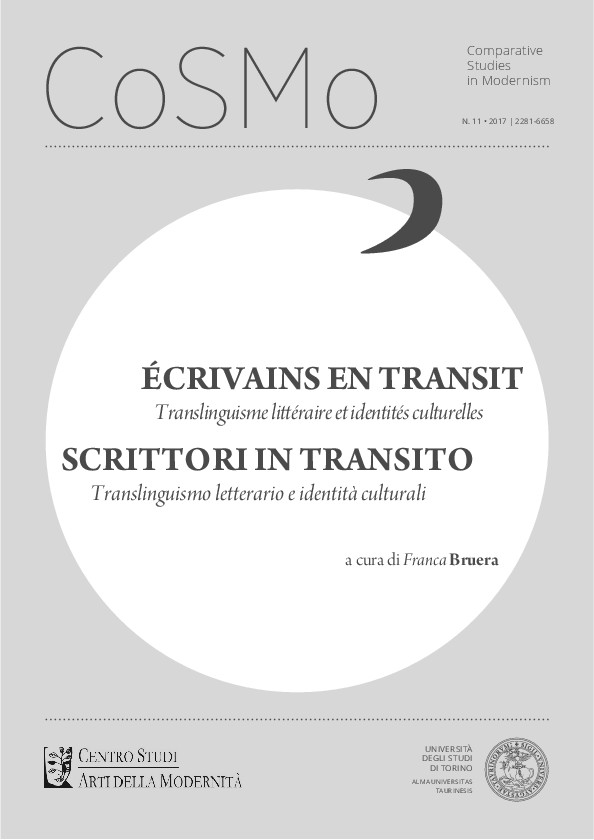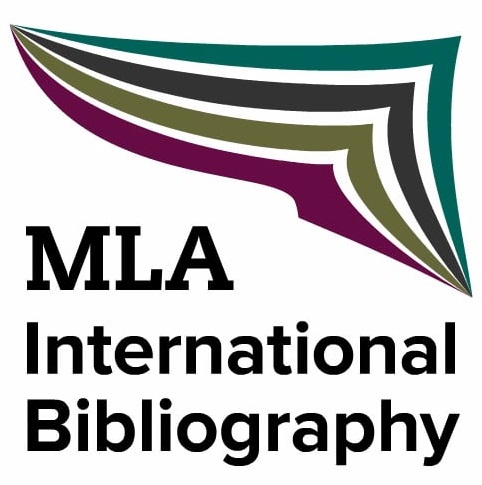La vocazione teatrale della scrittura di Natalia Ginzburg
DOI:
https://doi.org/10.13135/2281-6658/2323Parole chiave:
XXth Century Italian Drama, Contemporary Theatre, Diegesis/Mimesis, Natalia Ginzburg’ work, Il cormoranoAbstract
The essay underlines the peculiar elements in the whole Ginzburg’s work that make it inherently theatrical. Even though she came to write dramas only after 1965, all Ginzburg’s writings are always voices of characters. Her novels and even essays go towards mimesis and show a specific attention to bodies and concrete display of feelings, too. The material with which her characters have to do is the same materials actors use for their work: heart and body. Recent readings of her essays and some theatrical productions from her novels seem to confirm the theatrical attitude of her works. The author then focuses on the last, brief, pièce written by Ginzburg, Il cormorano, which is also her last creative piece of writing, and is emblematic of her way of looking at the world and life, with a feminine concreteness and an ethic call for responsibility.
Downloads
##submission.downloads##
Pubblicato
Fascicolo
Sezione
Licenza
Gli autori mantengono i diritti sulla loro opera e cedono alla rivista il diritto di prima pubblicazione dell'opera, contemporaneamente licenziata sotto una Licenza Creative Commons - Attribuzione che permette ad altri di condividere l'opera indicando la paternità intellettuale e la prima pubblicazione su questa rivista.







